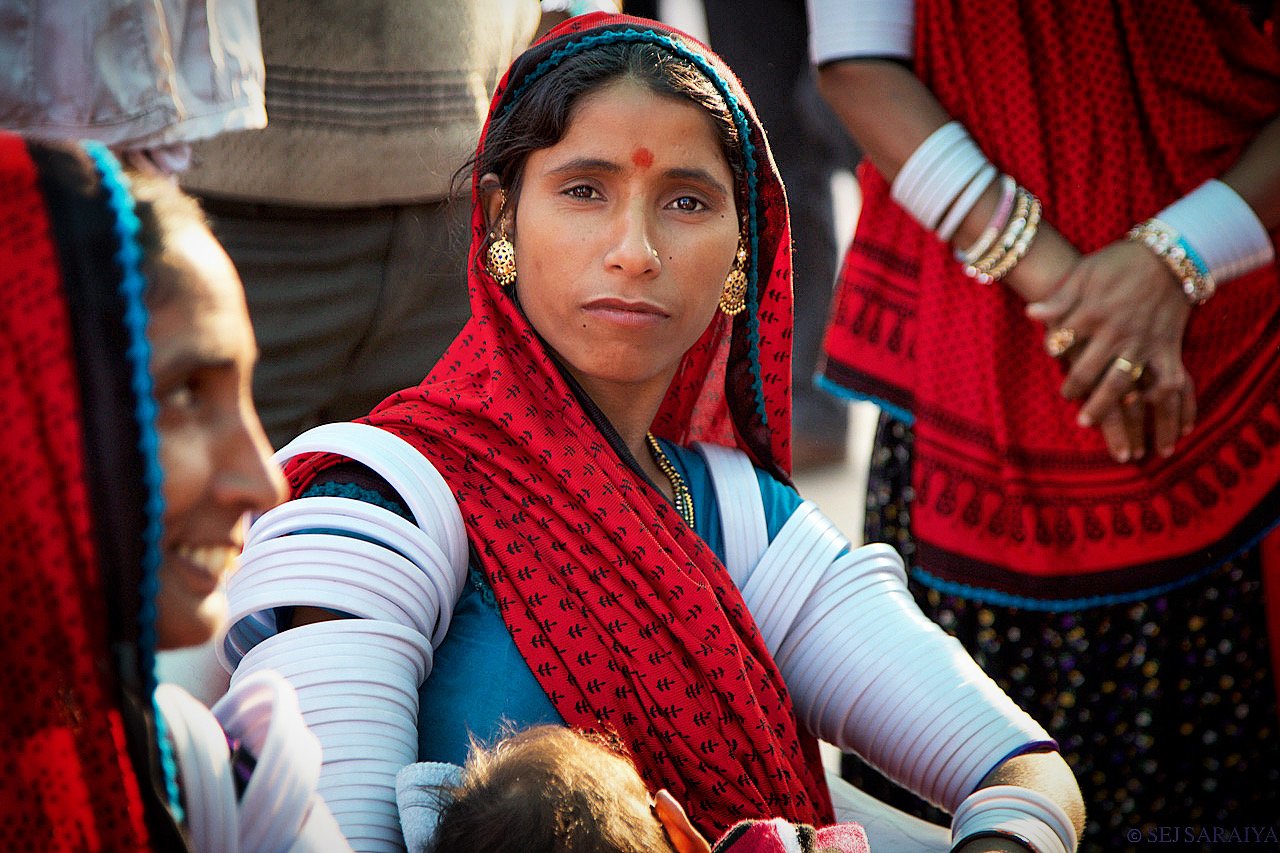Navratri day 3 (and 4)
B A N J A R A
Don’t mess with women who travel…
I met these Banjara women during my initial days of traveling, when I didn’t really know yet how to interact with people who didn’t look like me and didn’t speak my language. I was sitting on the side of a street in Pushkar drinking chai when I saw them appear on the street from a turn, a huge group of people, men in different colors but the women all in red saris, walking together, barefoot, power in their strides, beautifully adorned, white bangles all the way to their shoulders.
I was enamored. They stopped for a chai not too far from me and after observing them for a while, I gathered up the courage to go ask them if I could take a photo of them (without connecting with them, rookie mistake).
They laughed. But not like the shy tribal girls I had met up to now. They were laughing at me, speaking in their language 😪 BUT their voice! Wow. I continued to stay enamored.
Although in my early twenties, suddenly I was a little girl. I wanted to be them, be like them, hang out with them, speak their language, walk barefoot with them. But there I was, in my hiking boots and with a giant camera and a couple lenses strapped around my waist. Oooof. I look back at my young photographer self and I want to hug her with compassion for not really knowing. Those loud clothes. Those heavy boots. Objectifying people. Not knowing how to truly connect. On and on it goes. (It was all a part of my journeyI understand it was a part of my journey😆😉)
I ended up getting a photograph of them (though not their friendship😞) but this has been one of my most favorite photographs I’ve ever taken, because it takes me back to the busy market of Pushkar instantly, reminds me how incredibly enamored I was by them that morning, and every time I’m in a situation where I feel overpowered by patriarchy in some way or another, I think of these women and muster up my powerful femininity to think of a solution from that energy.
The banjara are a wandering tribe, their women probably the most powerful ones I’ve ever met. Fire dance and the chari dance are their traditional dance forms. They used to travel from village to village singing songs. They worship the Goddess.
Yesterday, in a strange merging of the lunar calendar with the tithi, Day 3 and 4 of Navratri fell on the same day. Which meant the transition of tamas (inertia) into rajas (action) was a quick one, without much integration. But it was a powerful day, both of Goddesses Chandraghanta and of Goddess Kushmanda. Chandraghanta (Chandra means moon and ghanta is a bell, which most eastern traditions ring to bring our minds back to the present) represents awareness and the courage to fight our inner demons with grace to move toward divine consciousness. While Kushmanda (like the sun) is said to be the cosmic mother, representing warmth, light, happiness and unconditional love.
